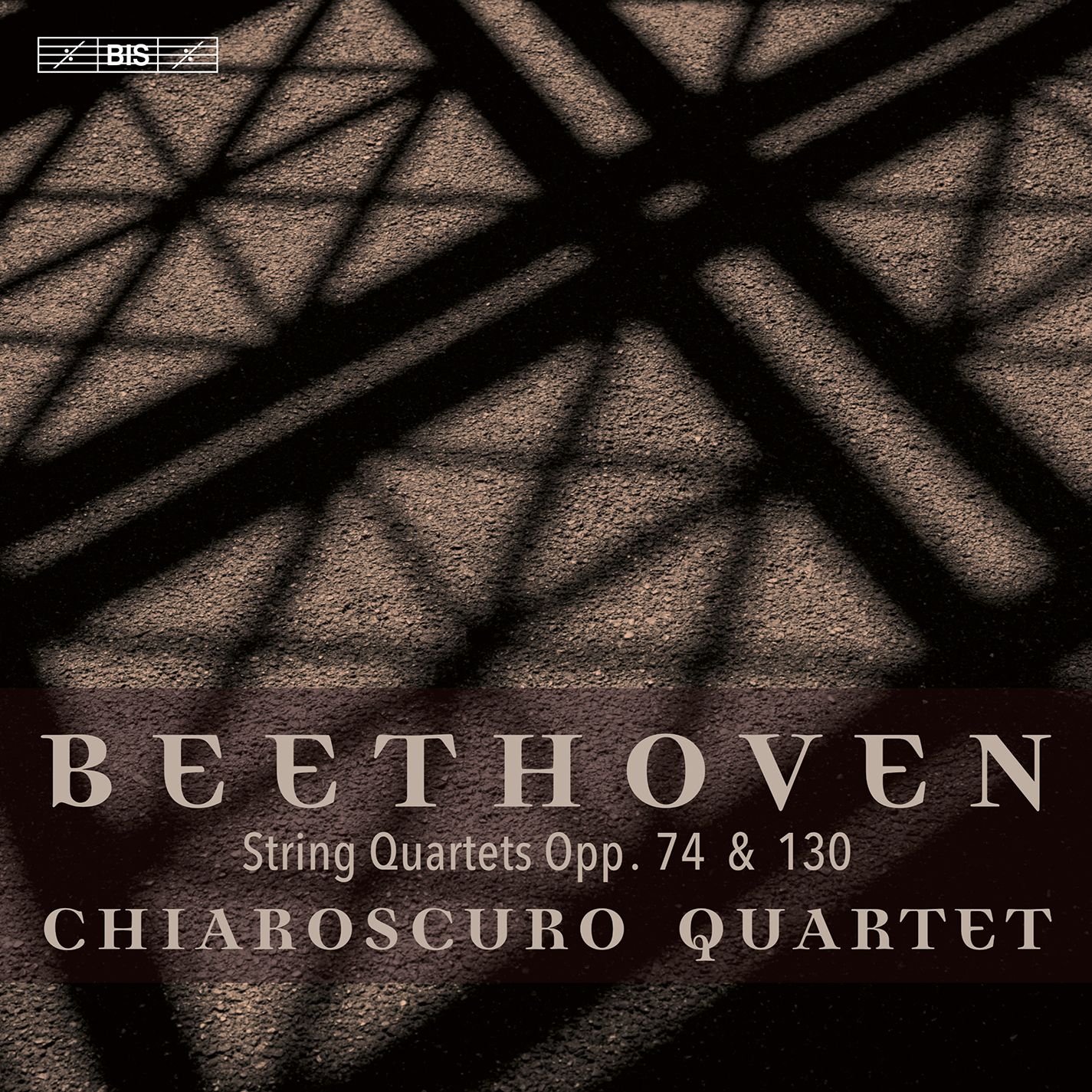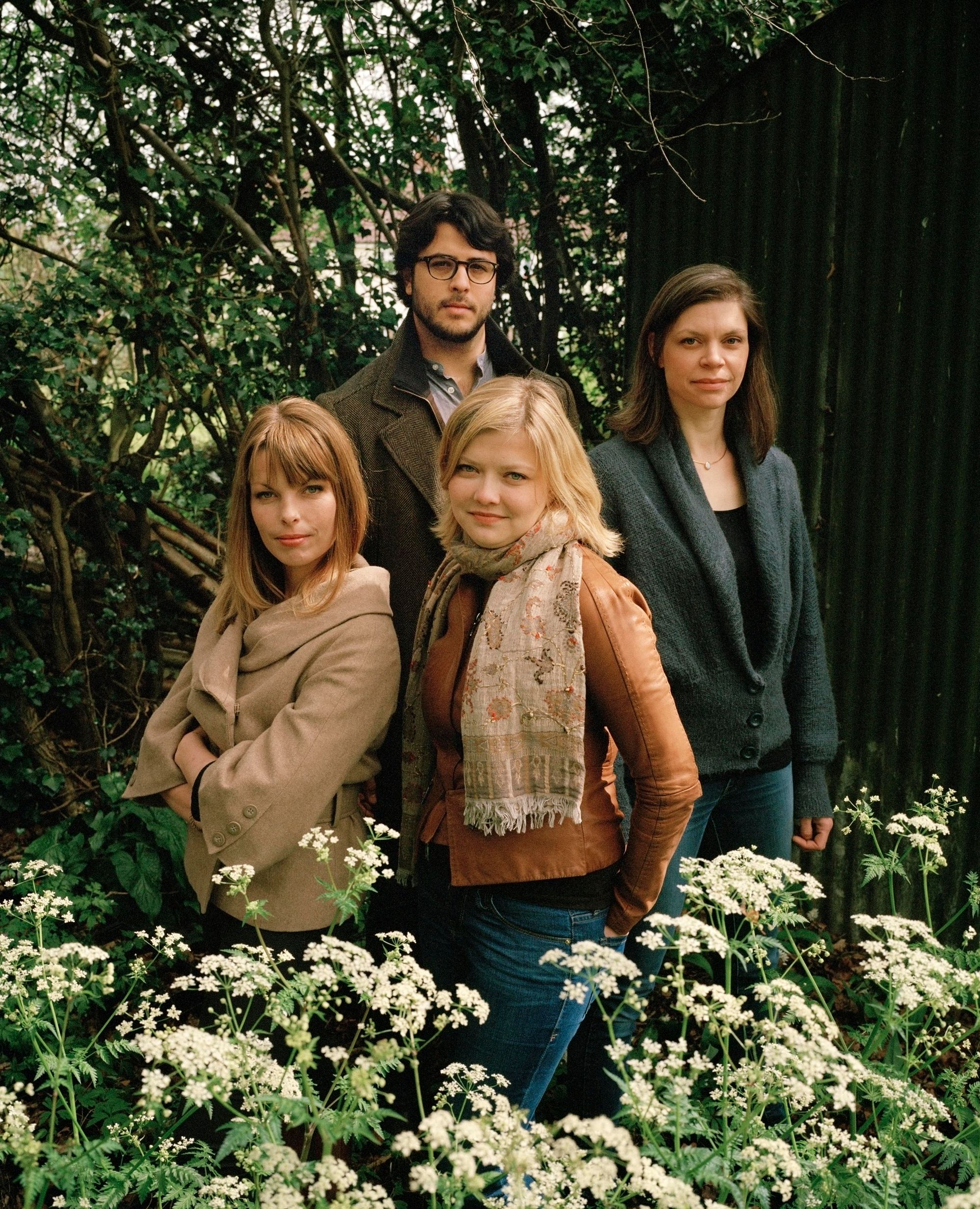The Chiaroscuro Quartet returns: Beethoven's Op. 130 & the Harp Quartet
This is (metaphorically speaking) a disc with “awards” written all over it

An absolute triumph of a recording: the Chiaroscuro’s Beethoven cycle on BIS is shaping up to be a major recording event
We have covered several of the Chiaroscuro Quartet's previous releases here on Classical Explorer: two of Haydn (the Op. 76 Quartets over two discs and two posts, here for Nos. 1-3 and here for Nos.4-6) and one each of Mozart (the so-called “Prussian” Quartets here) and, most relevant to today’s post, Beethoven (Op. 18 Nos. 4-6 here). The Chiaroscuro Quartet comprises Alina Ibragimova & Pablo Hernán Benedí, violins; Emilie Hörnlund, viola; Claire Thirion, cello.

BIS is, of course, Gramophone's Record Label of the Year, and deservedly so. A glance at the many discs covered on this site affirms why this is such a ruchly deserved award.
The Op. 18 Quartets are from what is often referred to as Beethoven’s “early” period. This disc offers one from the “middle” period (Op. 74) and one from the composer‘s glorious late period (Op. 130).
The Quartet in E flat, Op. 74, gained its nickname “Harp” because of the pizzicato in the first movement. It remains one of Beethoven's most popular quartets, justifiably.
The glory of this performance is the slow movement, expansive and, with the Chiaroscuro's use of gut strings and authentic bows, endowed with a massive range of tone. Its heart is cantabile that is in massive contrast to the Scherzo, taken at a proper Presto here. Listen to the two next to each other and you’ll see what I mean:
The finale is simply miraculous. At one level string virtuosity at its highest level, this also captures the very spirit of Beethoven
The Quartet in B flat, Op. 130 is interesting in many ways, not least in that it has two finales. Or not, as the case may be. Beethoven wrote his “Große Fuge” (big fugue) for this quartet, but replaced it with the slighter movement we have here. The original finale went to to have a life of its own, under the opus number 133. So here we have the replacement finale which, for all its Haydnesque charm, offers a number of late Beethoven traits.
Heard here after the ‘Harp’ Quartet, the quiet opening of Op. 130 seems to creep in, hinting at the momentous nature of this quartet. It might be cast in the form of an old-fashioned divertimento, with six movements (interpolating an Alla Danza tedesca and a Cavatina) but it is a work of supreme profundity. The Chiarsocuro’s performance is of such striking originality that, if you thought you knew this work, think again. The combination of textural clarity (partly because of the instruments used, partly because of the keen musicality of the performers) is married with what feels like a total comprehension of Beethoven's superhuman processes. If Beethoven is the towering genius of Western music, the towering masterpieces within his output are the late Quartets.
Juxtapositions of material (and tempos) in this first movement are laid bare, as are sudden contrasts of dynamic. This is a masterclass in how to meaningfully present Beethoven's structural innovations; followed by a presto (and here, a true Presto):
The third movement is an Andante con moto ma non troppo. The Chiaroscuro Quartet's tempo is perfect, a proper walking pace and yet compromising none of the emotional the realisation fo Beethoven’s supreme invention:
The “Danza alla tedesca” begins surprisingly subdued here, with none of the little ‘flick’ that can add character to the main theme.
That combination of authentic practice and mining the depths of Beethoven’s sublime expression really shines forth in the “Cavatina”, Ibragimova’s violin singing, heartbreakingly, the famous “beklemmt” marking (“choked”: around 3'50 in):
The finale, as discussed, is the “alternative” provided by Beethoven. Is it a cop-out? Should it ever be played? Well, the Chiaroscuro make a fine case for it, capturing the sprightly nature of the main theme to perfection. Another question: would the alternative be fully satisfactory if we didn't know about/had Beethoven never composed the Große Fuge? The Chiaroscuro's achievement is to persuade is that yes, this works perfectly well on it own merits, and that behind the angular effervescence of the theme lie perhaps darker shadows.
One assumes Op. 133 will appear on a later volume.
This is (metaphorically speaking) a disc with “awards” written all over it. The BIS recording is phenomenal: looking to see who was in charge, it's Andrew Keener, so the standard is no surprise: his partner in crime (the sound engineer) is the clearly excellent Oscar Torres. A triumph from all possible angles.
X image also © Eva Vermandel
